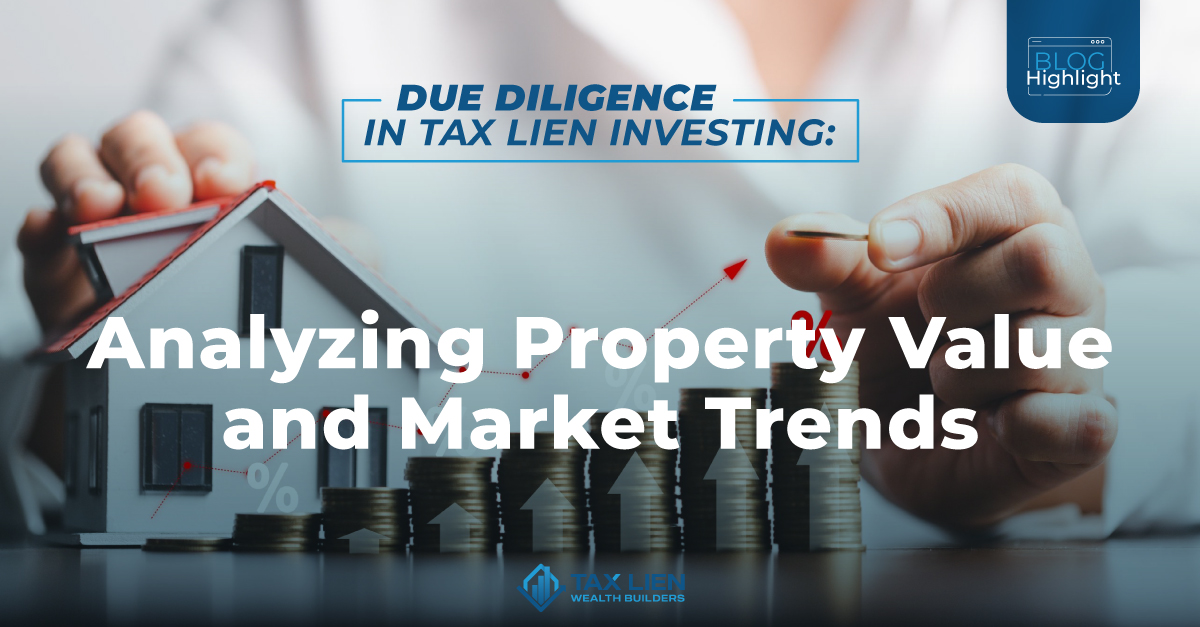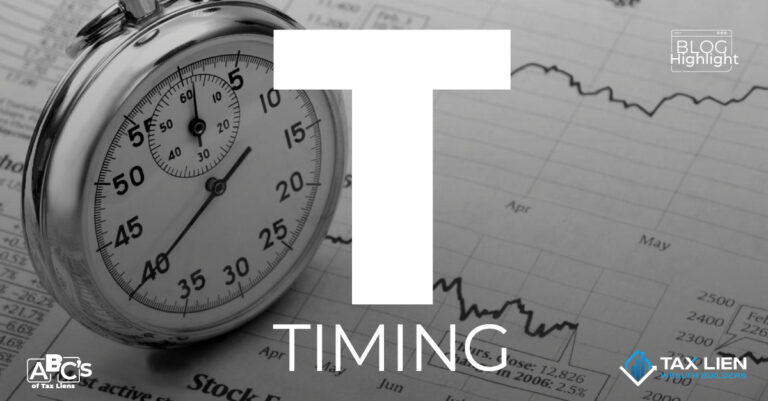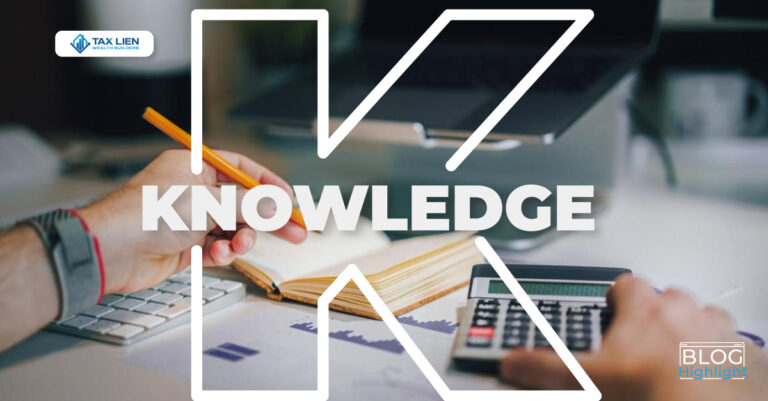Due Diligence in Tax Lien Investing: Analyzing Property Value and Market Trends
Investing in tax liens can be a lucrative venture, but its success hinges on how well you analyze property and market trends. You need to be certain you are investing in a property that is worth something and can be resold if need be.
So, let’s dive in and explore the role of property value in tax lien investing and how to research and analyze market trends.
Why is Property Value Important in Tax Lien Investing?
Property values are basically what a property is worth in the market—the price a buyer would pay for it.
Things like the property’s condition, location, and size all play a role in determining this value.
Property value is a major factor in tax lien investing because it determines the amount of the tax lien.
The tax lien is usually a percentage of the property’s value. So, if the property is worth more, you’re also looking at a bigger tax lien.
So, how do you figure out a property’s market value accurately? We’ve got a few tools and resources we can use:
Online valuation tools
Websites like Zillow, Redfin, and Realtor.com give you estimates based on recent sales and neighborhood trends. They could be better, but they’re a good place to start.
County assessor’s office
This place is a goldmine of information. They keep records of property values and tax assessments, giving you a historical view of property values in the area.
Comparative market analysis (CMA)
Real estate agents do these to gauge a property’s value based on recent sales of similar properties nearby. Teaming up with a knowledgeable agent can give you a more accurate valuation.
Interpreting Market Trends As an Investor
Understanding market trends is vital to figuring out what’s happening in the real estate market. It’s about looking at patterns and making educated guesses about future movements. Here’s how you can get started:
Track sales data
Keep an eye on how quickly properties sell in your target area and for what prices. Websites like the National Association of Realtors (NAR) have loads of data and reports.
Monitor inventory levels
High inventory might mean it’s a buyer’s market, where prices could drop. Low inventory suggests a seller’s market, potentially driving prices up.
Observe price trends
Look at how property prices have moved over time. Are they steadily going up, or do you see many ups and downs? This can help you gauge how stable the market is.
How Economic Conditions Affects Local Markets
Broader economic trends can really shake up local real estate markets. So it’s important to keep an eye on things like:
Interest rates
Lower rates make borrowing cheaper, often boosting property demand and prices. Higher rates can cool the market as borrowing gets more expensive.
Employment rates
High employment usually means more people with stable incomes, which can increase housing demand. However, high unemployment can also lead to more people defaulting on property taxes, creating opportunities for tax lien investors.
Inflation
Inflation affects purchasing power and can lead to higher property values as building materials and labor costs increase.
In tax lien investing, really digging into property values and market trends is crucial.
By using the tools available to research market values, closely monitor market trends, and understand the bigger economic picture, you set yourself up for smarter, more profitable investments.
Remember, in real estate investing, knowledge is your biggest asset. So stay informed!







